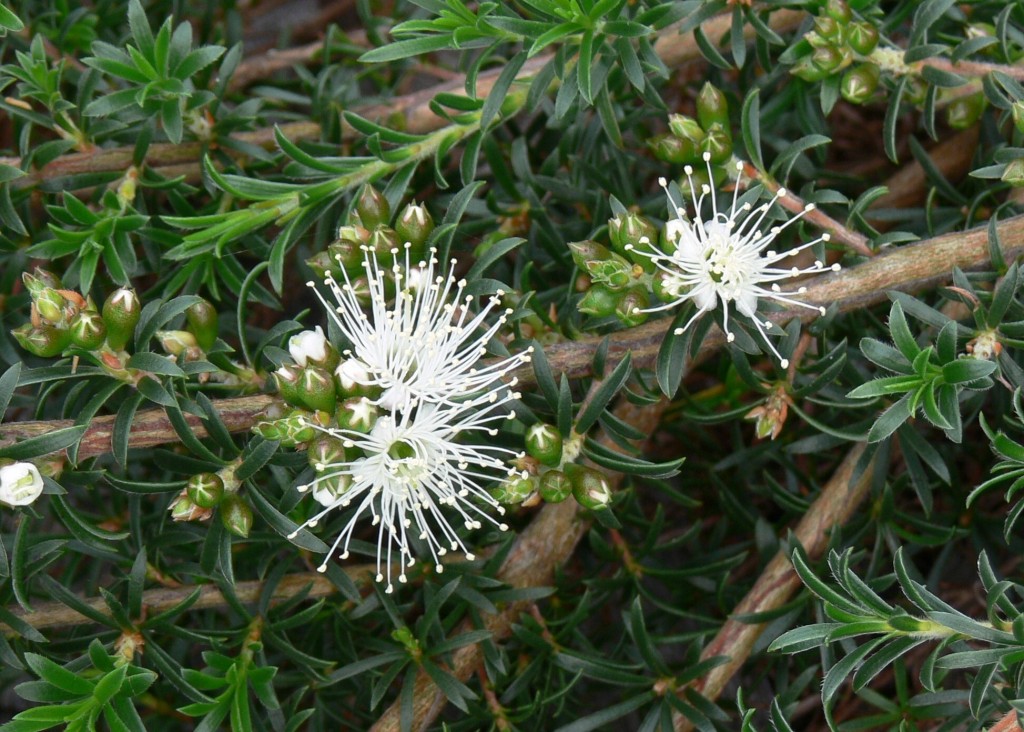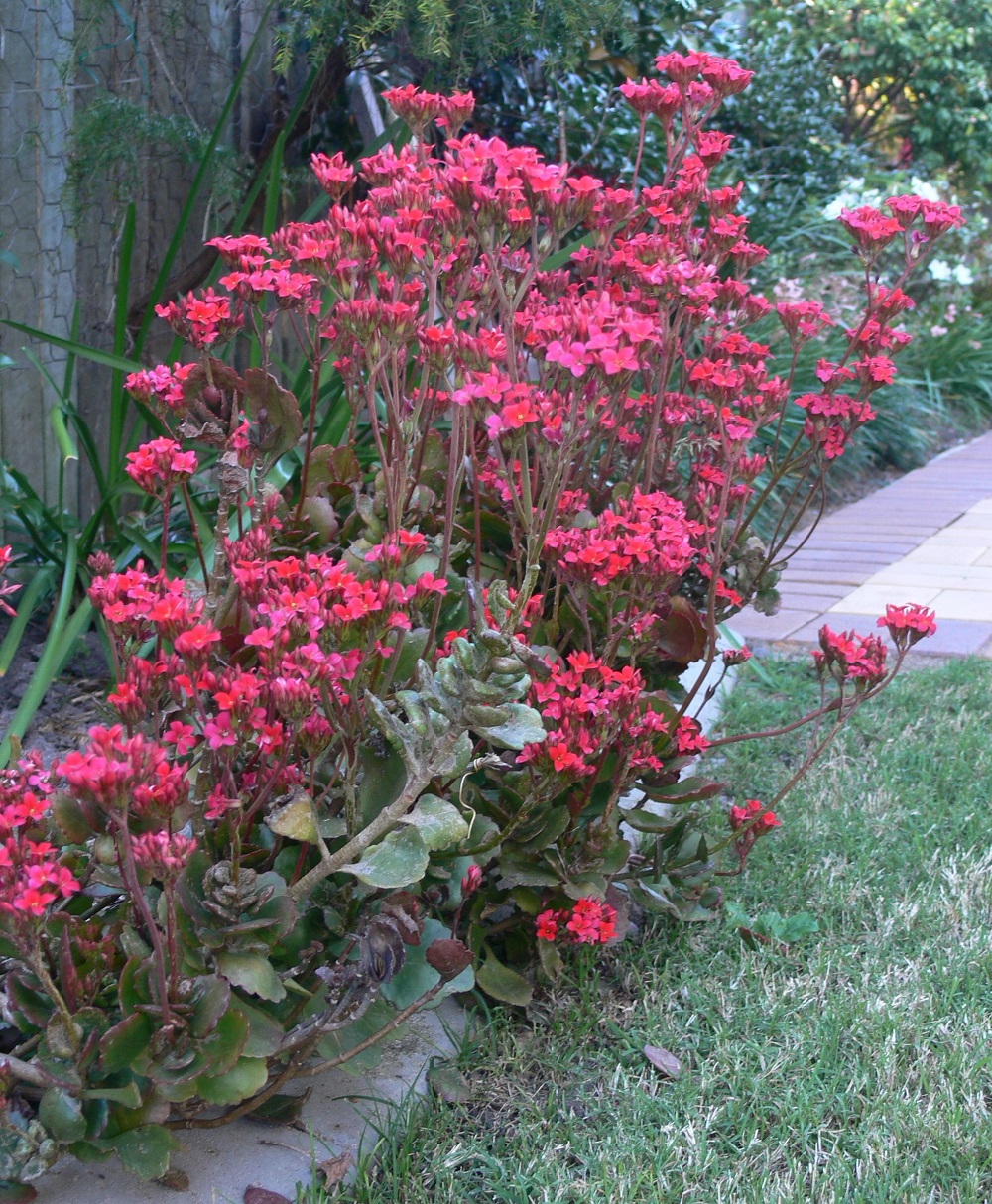Plant Directory
Tick Bush (Kunzea)
Named in honour of the German botanist, Gustav Kunze (1793-1851), many Kunzea species were previously classified as members of other genera (Leptospermum and Metrosiderous)
The genus Kunzea contains around 35 species, all endemic to Australia except K. ericoides which also occurs naturally in New Zealand. Species can be found from alpine to coastal heath lands anywhere from North Queensland to southern Western Australia.
The plants can range from sprawling prostrate ground covers to 10 metre trees. Their course, woody stem and open habit give a scrub land look to any planting which includes them.
While they have a classic myrtle flower, it is the arrangement of these flowers which can cause confusion for identification. Some, such as K. baxteri have the appearance of a bottle brush and can be mistaken for a Callistemon. Others are clustered in small groups, appearing to be Melaleuca. Kunzea with the flowers spread along the stems look like Tea Trees (Leptospermum). The defining feature which isolates it from the Leptospermum genus is the long stamens projecting from the flower.
The flowers which are rich in nectar attract nectar loving birds and insects. As a result, small insect eating birds are attracted to the plant.
The seeds are produced in capsule as with it’s relatives from the Myrtaceae family. Unlike its closest cousins, Kunzea seed is released from these capsules when they have matured littering the ground with thousands of viable seeds each year.
Kunzea plants will be killed by bush fire but seeds germinate readily after such events.
For cultivation, most Kunzea species propagate readily using semi hardwood tip cuttings taken in early summer. Seed propagation is also easy, though plants obtained this way will take upto 7 years to flower compared to 2-3 years by cuttings.
Cultivation of Kunzea plants is relatively simple. They are not bothered by many pests due to their essential oils. Plant in full sun or light shade, ensuring that they have well drained soil. Mulch and compost well to retain adequate moisture in the soil for healthy growth. Many species of Kunzea can handle moderate frosts making them suitable for some of the cooler areas in our region.
Prune after flowering to keep the plant compact and encourage more flowers in the following season.
Essential oil from the Tick Bush, K. ambigua, is used as a natural treatment for eczema and skin rashes. It has also been used traditionally for treatment of muscular aches, arthritis and rheumatism
Their ease of maintenance, profuse and varied flowering and wildlife attracting qualities allows Kunzea to sit comfortably in any native or mixed garden.



